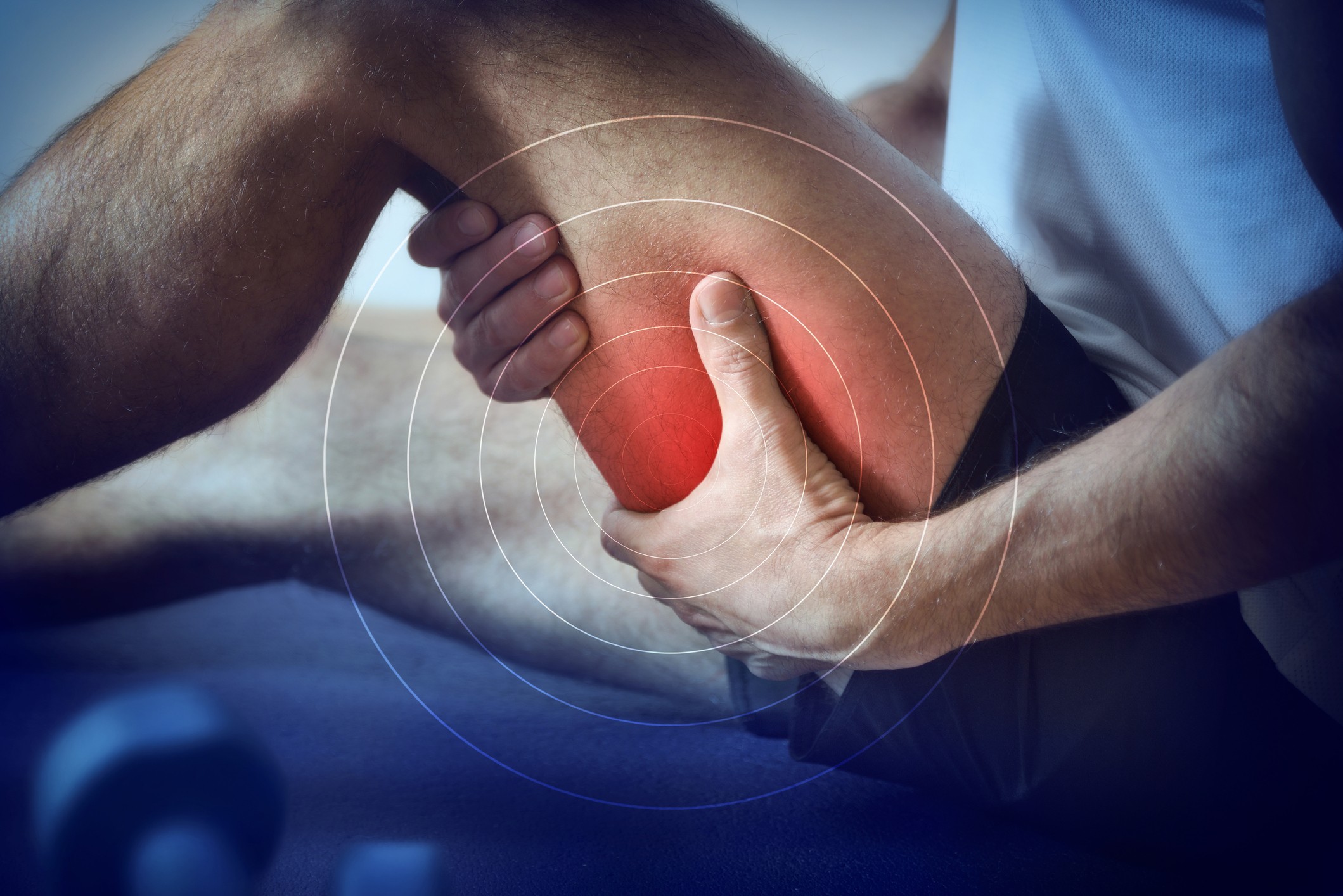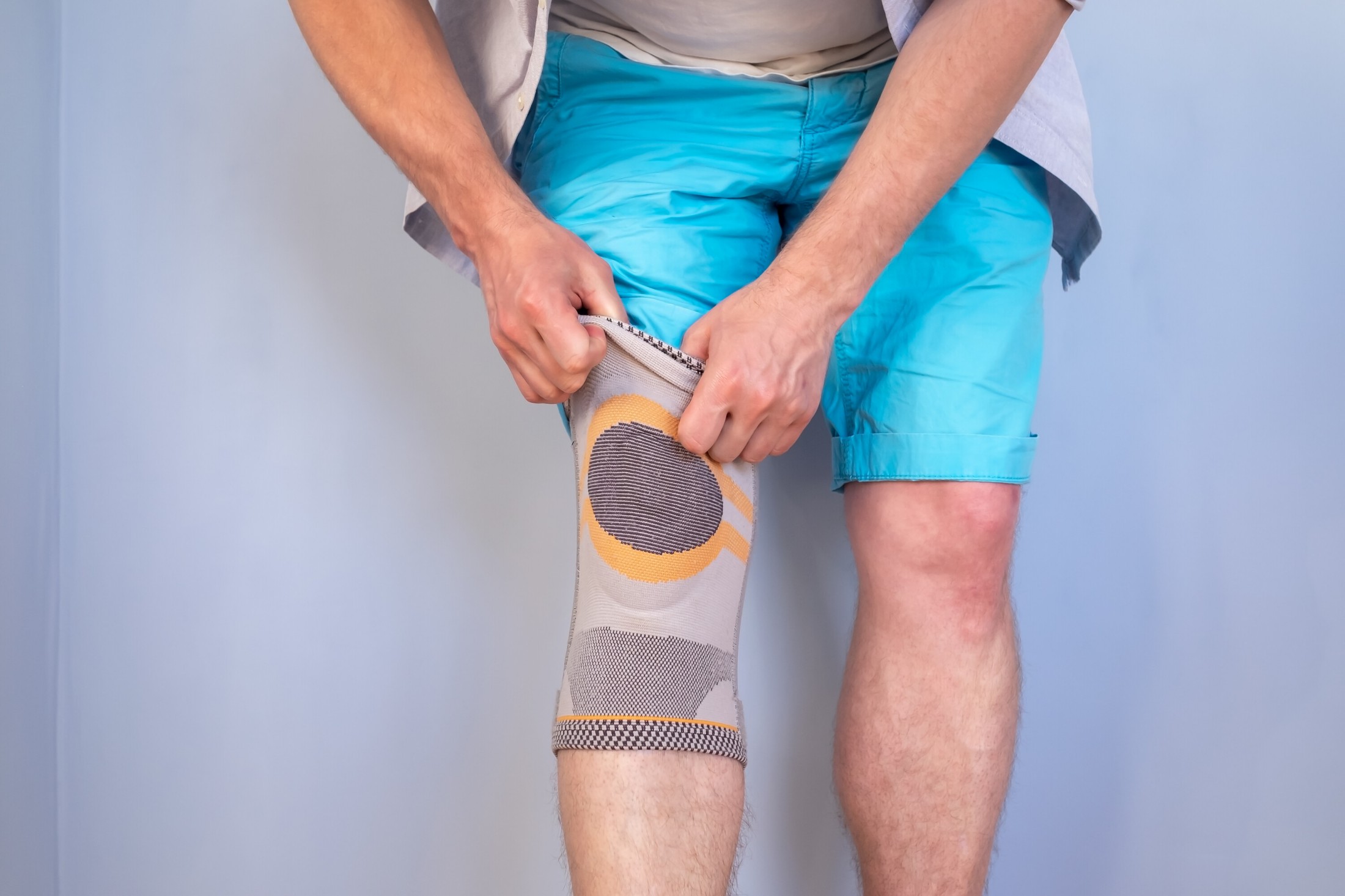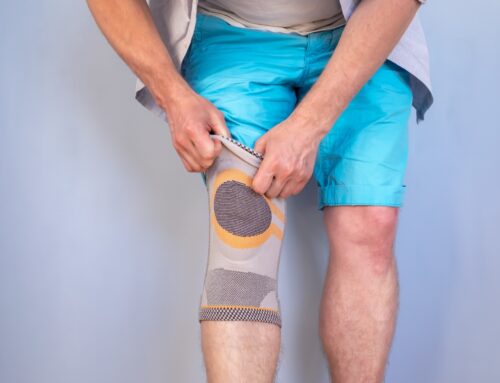Elbow pain is a common issue that can significantly impact daily activities and overall quality of life. Understanding the causes of elbow pain and addressing it promptly with appropriate measures is crucial for maintaining optimal joint health and function. Ignoring elbow pain can lead to worsening symptoms and potentially more severe complications.
Promptly addressing elbow pain with appropriate treatments, such as using braces, can prevent further injury by stabilizing the joint and reducing strain, help alleviate pain by providing proper support, and promote healing by facilitating the recovery process. Taking these steps ensures that individuals can continue their daily activities with minimal discomfort and a quicker recovery
Common Causes of Elbow Pain
Elbow pain can arise from various sources, each contributing to discomfort and functional limitations.
Overuse and Repetitive Motion
Overuse and repetitive motion often cause elbow pain. Activities involving the same movements over extended periods, such as typing, gardening, or playing sports like tennis and golf, strain the muscles and tendons around the elbow. This strain leads to conditions such as tennis elbow (lateral epicondylitis) and golfer’s elbow (medial epicondylitis), resulting in pain and inflammation.
Injuries and Trauma
Acute injuries and trauma are another common cause of elbow pain. Falls, sports injuries, or accidents can lead to sprains, fractures, or dislocations of the elbow joint. These injuries often cause immediate and intense pain, swelling, and limited mobility. Prompt medical attention is crucial to properly diagnose and treat these injuries to prevent long-term damage.
Medical Conditions Like Arthritis
Chronic medical conditions such as arthritis can also lead to elbow pain. Osteoarthritis, rheumatoid arthritis, and gout are some of the conditions that can affect the elbow joint, causing pain, stiffness, and swelling. Arthritis in the elbow can make everyday activities challenging and may require long-term management strategies, including medication, physical therapy, and the use of supportive devices like braces.
How Elbow Braces Provide Support
Using an elbow brace can significantly enhance the healing process and provide much-needed relief from pain and inflammation, allowing individuals to maintain their daily activities with greater comfort and ease.
Stabilization of the Joint
Elbow braces stabilize the joint by providing external support to the muscles, tendons, and ligaments around the elbow. This stabilization helps:
- Limit Movement: Braces restrict excessive movement, preventing further strain on the injured or inflamed areas.
- Distribute Pressure: They evenly distribute pressure across the elbow, reducing the load on specific points and minimizing the risk of aggravating the injury.
- Support Weak Muscles: By supporting the surrounding muscles, braces help maintain proper alignment and function of the elbow joint, reducing the risk of further injury.
Reduction of Pain and Inflammation
Elbow braces play a crucial role in reducing pain and inflammation associated with various elbow conditions. They achieve this by:
- Compression: The gentle compression provided by the brace helps reduce swelling and promotes better blood circulation, which aids in the healing process.
- Alleviating Stress: By stabilizing the joint and supporting the surrounding tissues, braces alleviate stress and tension on the affected area, leading to reduced pain levels.
- Heat Retention: Some braces are designed to retain heat, which can soothe aching muscles and joints, further contributing to pain relief.
Types of Elbow Braces
Compression Sleeves
Compression sleeves are a popular type of elbow brace designed to provide gentle support and warmth to the elbow joint. They offer several benefits:
- Mild Support: Ideal for minor injuries or as a preventive measure, compression sleeves provide light support to the elbow without restricting movement.
- Improved Circulation: The compression helps enhance blood flow, reducing swelling and promoting faster recovery.
- Comfort and Flexibility: Made from stretchy, breathable materials, compression sleeves are comfortable to wear for extended periods, making them suitable for everyday activities and sports.
Hinged Braces
Hinged braces are more robust and offer rigid support to the elbow joint. They are particularly beneficial for moderate to severe injuries. Key features include:
- Strong Stabilization: Hinged braces incorporate metal or plastic hinges that provide excellent joint stabilization, preventing unwanted movements that could aggravate the injury.
- Range of Motion Control: These braces allow controlled range of motion, enabling gradual movement while protecting the joint from excessive strain.
- Rehabilitation Support: Often used post-surgery or for significant injuries, hinged braces support the healing process by maintaining proper alignment and reducing stress on the elbow.
Strap Braces
Strap braces, also known as elbow straps or bands, are designed to target specific areas of the elbow, making them ideal for conditions like tennis elbow or golfer’s elbow. Their benefits include:
- Targeted Compression: Strap braces apply direct pressure to the affected tendons, helping to reduce pain and inflammation at the source.
- Adjustability: These braces are adjustable, allowing users to customize the level of compression and support according to their needs.
- Ease of Use: Lightweight and easy to wear, strap braces can be quickly put on and taken off, making them convenient for use during activities that aggravate elbow pain.
Choosing the Right Elbow Brace
When selecting an elbow brace, the severity of your pain or injury is a crucial factor. Different braces provide varying levels of support:
- Mild Pain or Preventive Use: Compression sleeves are ideal for minor discomfort or as a preventive measure during repetitive activities.
- Moderate Pain or Injuries: Strap braces are suitable for conditions like tennis elbow or golfer’s elbow, offering targeted support.
- Severe Injuries or Post-Surgery: Hinged braces provide robust stabilization and are recommended for significant injuries or post-operative recovery.
Consider your daily activities and lifestyle when choosing an elbow brace:
- Active Lifestyle or Sports: If you engage in sports or have an active lifestyle, opt for a brace that offers support without restricting movement, such as compression sleeves or strap braces.
- Occupational Needs: For jobs requiring repetitive elbow movements, a strap brace can help alleviate pain and prevent further strain.
- Rehabilitation Focus: For those undergoing rehabilitation, hinged braces offer the necessary support and controlled range of motion to aid in recovery.
Custom vs. Off-the-Shelf Braces
Custom-made braces fit your specific anatomy and provide optimal support:
- Personalized Fit: They match the exact contours of your elbow, ensuring maximum comfort and effectiveness.
- Enhanced Support: Their precise fit offers superior stabilization and support, particularly beneficial for severe or chronic conditions.
- Durability: Custom braces often use high-quality materials, ensuring long-lasting durability and performance.
Off-the-shelf braces are readily available and can be effective for many individuals:
- Mild to Moderate Conditions: For minor injuries or moderate pain, off-the-shelf braces like compression sleeves or strap braces can provide adequate support and relief.
- Short-Term Use: These braces are ideal for temporary issues or for those who need occasional support during specific activities.
- Affordability and Convenience: Off-the-shelf braces are generally more affordable and easily accessible, making them a practical choice for many users.
Managing Elbow Pain
Elbow braces offer numerous advantages in managing and alleviating elbow pain. By providing stabilization, reducing pain and inflammation, and offering targeted support, they play a crucial role in recovery and prevention. Whether dealing with minor discomfort or significant injuries, the appropriate brace can help maintain an active and pain-free lifestyle. The different types of braces—compression sleeves, hinged braces, and strap braces—cater to various needs, ensuring that there is a suitable option for everyone.
While elbow braces are highly effective, it is essential to consult with a healthcare professional to receive personalized advice and treatment. A professional can help diagnose the underlying cause of elbow pain and recommend the most suitable brace and complementary therapies. This tailored approach ensures optimal recovery and prevents further complications, allowing individuals to return to their daily activities with confidence and comfort.
Take the first step towards relieving your elbow pain and improving your quality of life. Schedule an appointment with Care-Med to receive personalized care and expert advice on the best elbow brace for your needs. Our experienced professionals are here to help you find the right solution and provide ongoing support for your recovery.
Share This Story, Choose Your Platform!
We specialize in orthotics, body braces, and compression wear tailored to your unique needs in Toronto. Reach out to us at info@caremed.care or call 416-782-5353 to book your fitting and consultation.
Experience the difference of customized solutions designed just for you.












